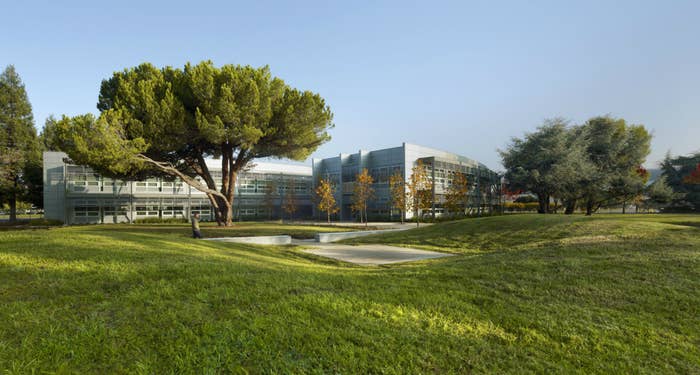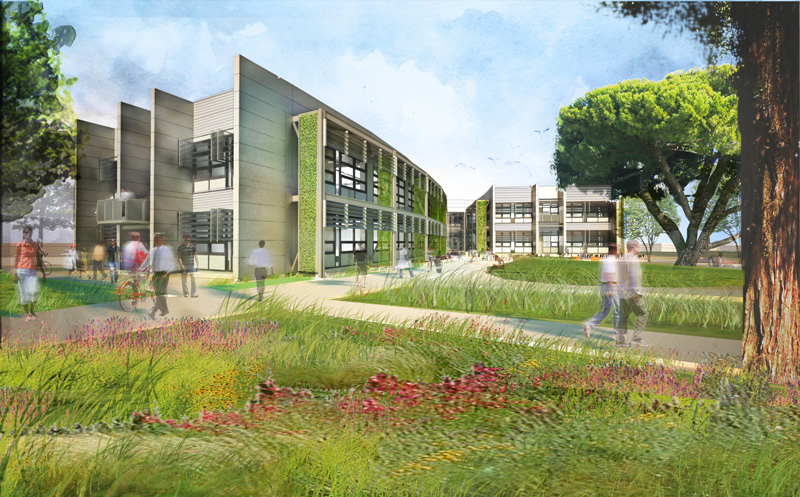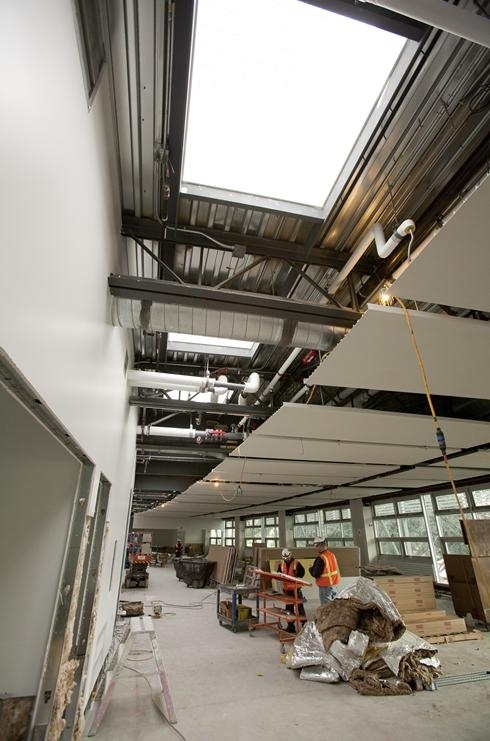The lights only need to be turned on approximately 40 days a year.

Engineers installed the same water treatment system that can be found on the International Space Station.

NASA estimates that it will produce a surplus of power.

The Sustainability Base has 5,000 sensors that make it a "smart" building.

It will use 75% less energy than most regular buildings.



